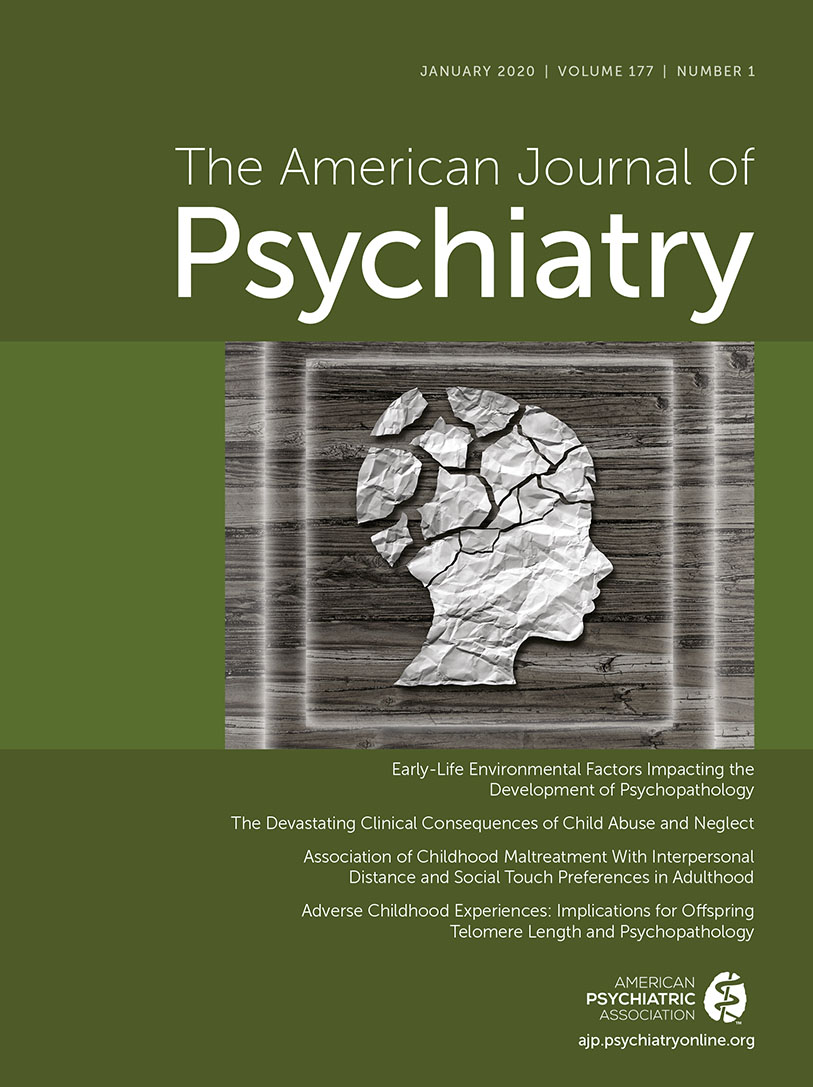Adverse Childhood Experiences: Implications for Offspring Telomere Length and Psychopathology
Abstract
Objective:
Adverse childhood experiences (ACEs) are associated with mental and physical health risks that, through biological and psychosocial pathways, likely span generations. Within an individual, telomere length (TL), an established marker of cellular stress and aging, is associated with both ACE exposure and psychopathology, providing the basis for an emerging literature suggesting that TL is a biomarker of the health risks linked to early-life adversity both within and across generations. The authors tested the effect of maternal ACEs on both the trajectory of infant TL and infant social-emotional problems at 18 months of age.
Methods:
Pregnant women were recruited, and maternal scores on the Adverse Childhood Experience questionnaire were obtained, along with demographic and prenatal stress measures. Postnatal visits with 155 mother-infant dyads occurred when infants were 4, 12, and 18 months of age. At each visit, infant buccal swabs were collected for TL measurement, and mothers completed measures of maternal depression. Mothers also completed the Child Behavior Checklist at the 18-month visit. Mixed-effects modeling was used to test how maternal ACEs influenced infant TL trajectory. Linear regression was used to test the association between maternal ACEs and infant internalizing and externalizing behaviors. Finally, the interaction between telomere attrition from 4 to 18 months and maternal ACEs was examined as a predictor of infant scores on the Child Behavior Checklist.
Results:
Higher maternal ACEs were associated with shorter infant TL across infancy and higher infant externalizing behavioral problems at 18 months. No associations were found with internalizing behavioral problems. Telomere attrition from 4 to 18 months interacted with maternal ACEs to predict externalizing behaviors. In infants whose mothers reported higher scores on the Adverse Childhood Experience questionnaire, greater telomere attrition predicted higher externalizing problems, even when accounting for maternal postnatal depression and prenatal stress.
Conclusions:
These data demonstrate an interactive pathway between maternal early-life adversity and infant TL that predicts emerging behavioral problems in the next generations.




